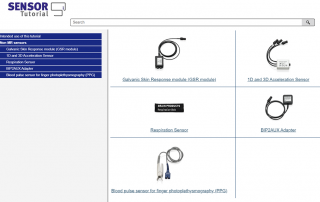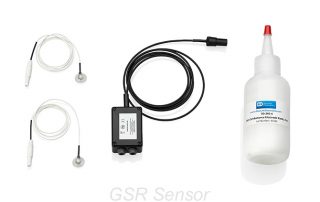A guide to peripheral physiology measurement using the BrainAmp ExG MR – Part 3: Sensor tutorial, a new chapter for correct use in the MR environment
In this part of our peripheral physiology series we briefly introduce our MR Sensor Tutorial. This new section of the well-known Sensor Tutorial will guide you through the correct and safe use of the most commonly used sensors for peripheral physiology measurements in MR scanners with static field strength up to 3 Tesla.






